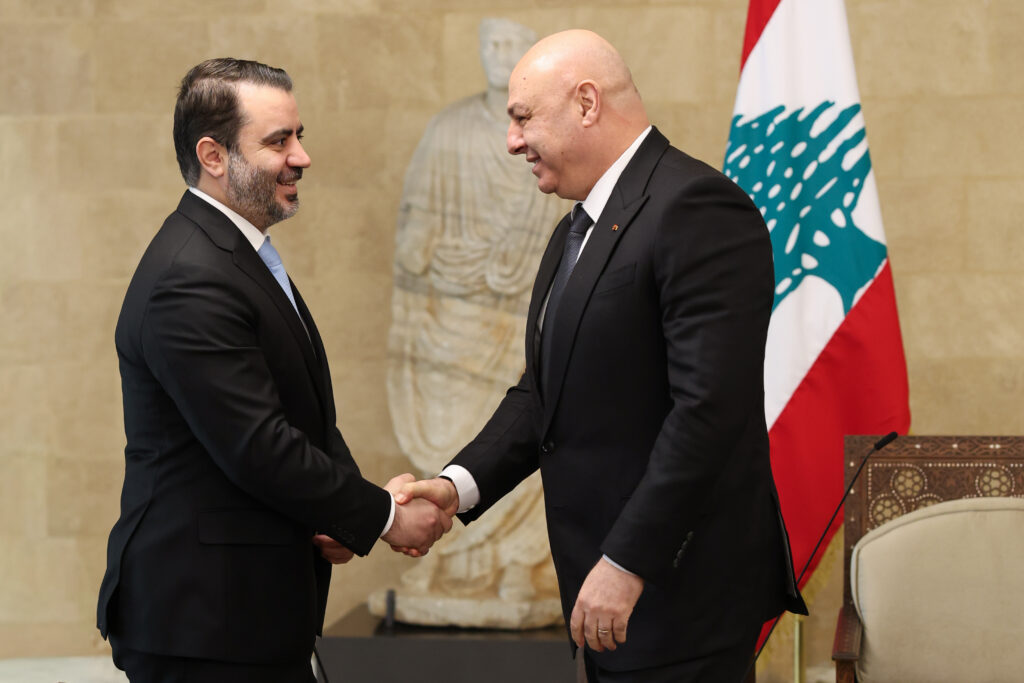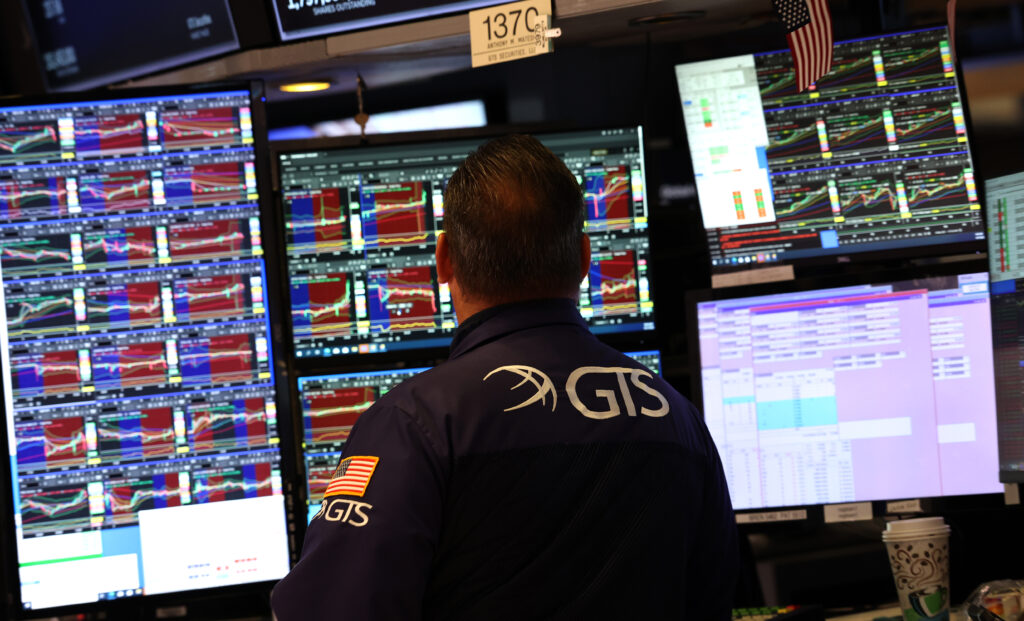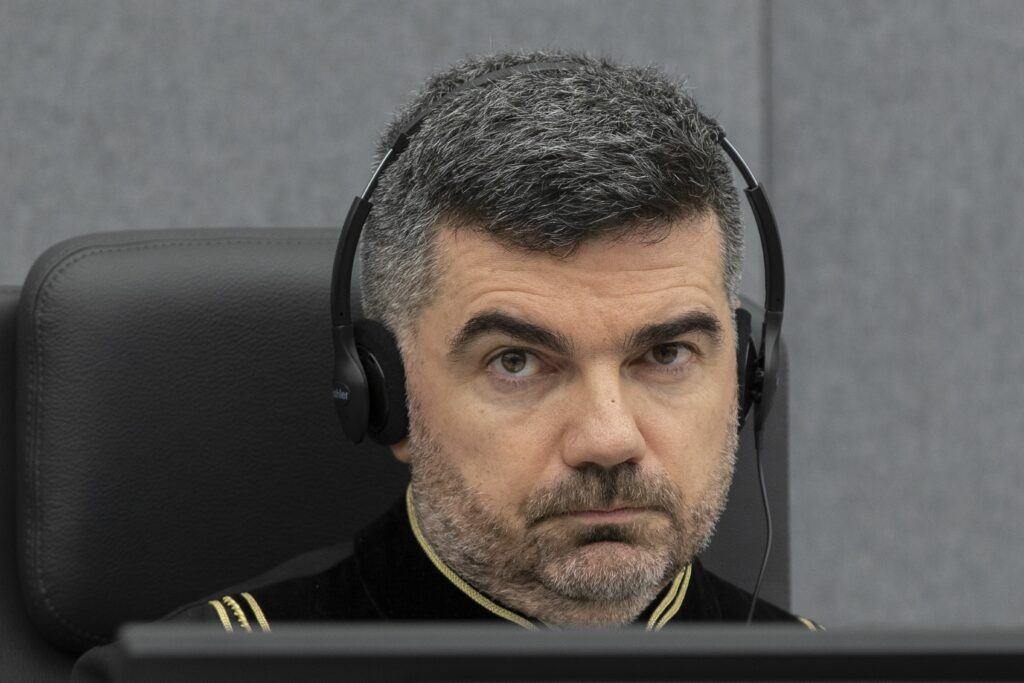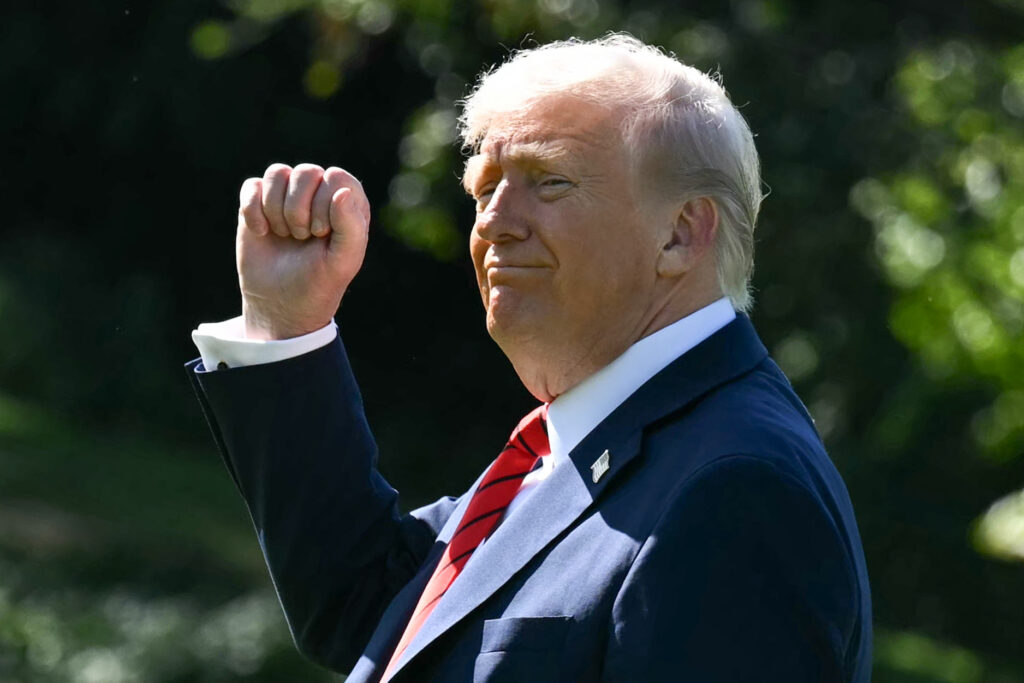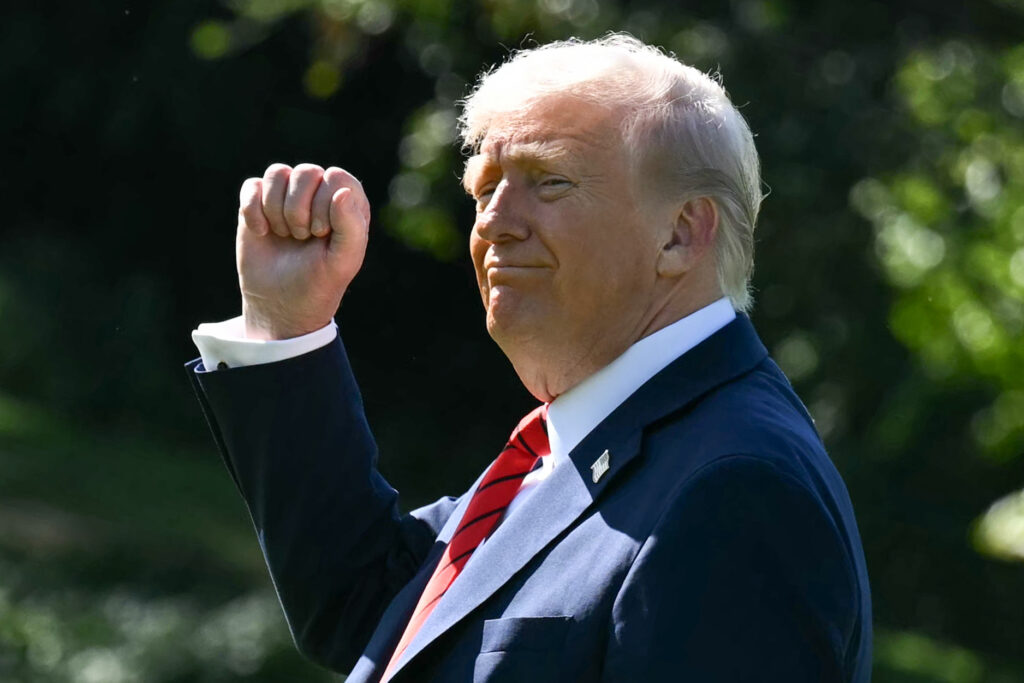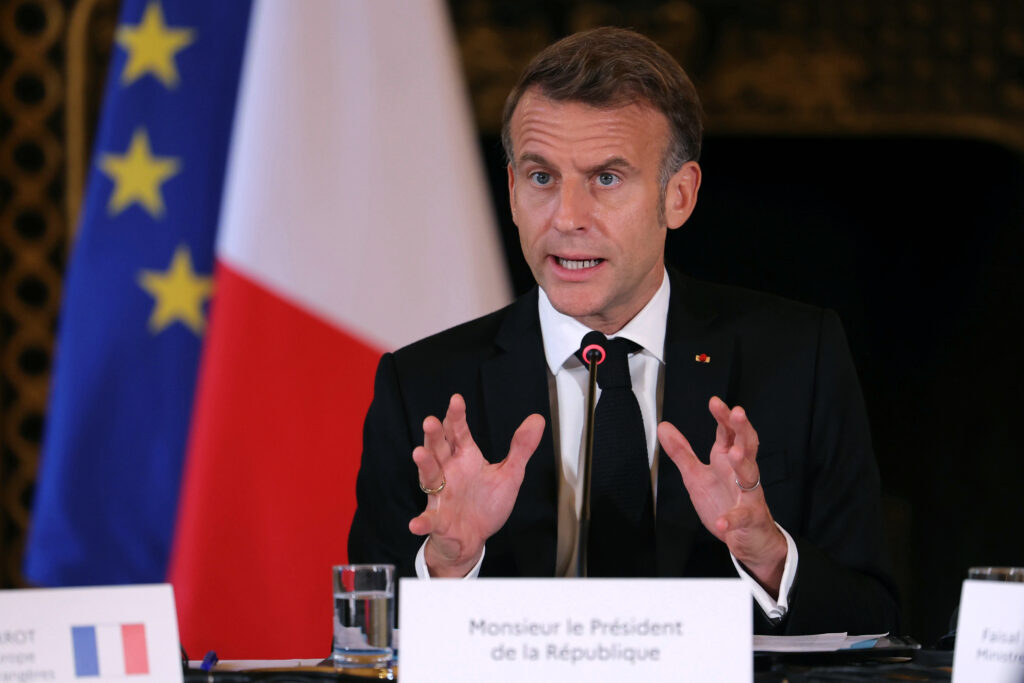Emmanuel Macron nommera un Premier ministre “dans les prochaines heures”, mais pas de gauche, ont rapporté vendredi des chefs de parti après une réunion de crise à l’Elysée qui a “sidéré” la gauche, déçue par l’absence de “réponse claire” notamment sur les retraites.Après environ deux heures trente de huis clos, convoqué en urgence pour tenter de trouver un compromis gouvernemental face aux vetos croisés, le chef du groupe de députés centristes Liot, Laurent Panifous, a rapporté que le président annoncerait “dans les prochaines heures” le nom du Premier ministre.Il n’a pas pu dire s’il pourrait reconduire le démissionnaire Sébastien Lecornu, un fidèle d’Emmanuel Macron, scénario qui circulait avec force dans la matinée, suscitant un tir de barrage jusque dans le camp présidentiel.Ce ne sera pas un chef de gouvernement de gauche mais vraisemblablement un macroniste, ont ensuite dit l’écologiste Marine Tondelier, le socialiste Olivier Faure et le communiste Fabien Roussel, malgré leur demande conjointe d’accéder à Matignon.M. Macron n’a apporté “aucune réponse claire” sur les retraites ou le pouvoir d’achat, a déploré le premier secrétaire du Parti socialiste, refusant de donner une “garantie de non censure” au futur exécutif, qui était pourtant le principal enjeu de la réunion.”Tout ça va très mal se terminer” avec une possible “dissolution” de l’Assemblée nationale, a même lancé Marine Tondelier, “sidérée”.La gauche a jugé décevantes les esquisses de concession sur la réforme des retraites, pourtant inédites dans la bouche du chef de l’Etat qui en avait fait un totem de son second quinquennat.M. Macron a proposé “non pas de suspendre, mais décaler dans le temps” la mesure sur l’âge de départ à la retraite et non celle sur le nombre de trimestres cotisés, a expliqué la cheffe de leurs députés, Cyrielle Châtelain.”Pas d’éclaircie”, a renchéri Fabien Roussel, mettant en garde: si le Premier ministre est “dans le camp d’Emmanuel Macron”, “nous ne pourrons pas l’accepter”.Les chefs du parti de droite Les Républicains, Bruno Retailleau et Laurent Wauquiez, étaient sortis les premiers, ensemble, mais sans faire de déclaration, alors qu’ils étaient arrivés séparément.Seuls absents à cette rencontre: le Rassemblement national et la France insoumise, qui n’ont pas été conviés car, contrairement aux autres, ils “ont tous les deux indiqué rechercher la dissolution”, a justifié l’entourage d’Emmanuel Macron.Une “rupture avec (…) la fonction” présidentielle, a protesté Marine Le Pen, dénonçant “une réunion de marchands de tapis” depuis le congrès des sapeurs-pompiers organisé au Mans où elle a joué à fond la contre-programmation, suivie au milieu de la foule par les caméras des chaînes info.Les téléphones avaient bipé autour de 02H00 du matin: Emmanuel Macron a invité les autres chefs de parti et chefs de groupe à l’Assemblée nationale à 14H30 à l’Elysée.- “Responsabilité collective” -“Cette réunion doit être un moment de responsabilité collective”, a commenté laconiquement la présidence plusieurs heures plus tard, semblant dramatiser ce rendez-vous et faire planer la menace d’une dissolution. Elle a été finalement écartée dans l’immédiat durant la réunion, selon les participants. Le président n’a pas pris la parole depuis la démission fracassante de Sébastien Lecornu lundi. Une prochaine expression est cependant évoquée par ses proches.Le chef de l’Etat avait promis mercredi de nommer un Premier ministre d’ici vendredi soir, après deux jours de négociations supplémentaires pour tenter d’arracher, en l’absence de toute majorité à l’Assemblée, un accord de non-censure du futur gouvernement.Le scénario qui revenait le plus en force avant cette réunion de la dernière chance était la reconduction de Sébastien Lecornu, un fidèle d’Emmanuel Macron qui a pris la lumière depuis son arrivée à Matignon. “Je ne comprendrais pas qu’il y ait une renomination d’un Premier ministre macroniste”, a toutefois prévenu Agnès Pannier-Runacher, macroniste de la première heure, résumant un état d’esprit répandu dans le camp présidentiel. Le chef du parti présidentiel Renaissance, Gabriel Attal, a demandé à nouveau à Emmanuel Macron de “partager le pouvoir”.Si le nom de Jean-Louis Borloo a beaucoup circulé ces dernières heures, il semble peu probable que ce soit le choix final. – Projet de budget prêt -En attendant, l’urgence est de déposer un projet de budget lundi. Le Parlement aura ensuite une fenêtre de 70 jours pour l’examiner, comme le prévoit la Constitution.Il “ne sera pas parfait”, avait reconnu le Premier ministre démissionnaire mercredi à l’issue de ses multiples rencontres avec les partis, et devra être débattu.La France aura-t-elle un gouvernement dès vendredi ou à défaut ce weekend? Les principaux ministres seront-ils reconduits? Remplacés par des ministres techniques?Sébastien Lecornu a recommandé à Emmanuel Macron que la future équipe gouvernementale soit “complètement déconnectée des ambitions présidentielles pour 2027”, des ambitions qu’il n’a lui-même jamais manifestées.Bruno Retailleau, qui a précipité la chute du gouvernement Lecornu, a indiqué vendredi qu’il ne resterait pas au ministère de l’Intérieur. La veille, il était déjà monté au créneau, refusant la nomination d’un Premier ministre “de gauche” ou “macroniste”.


